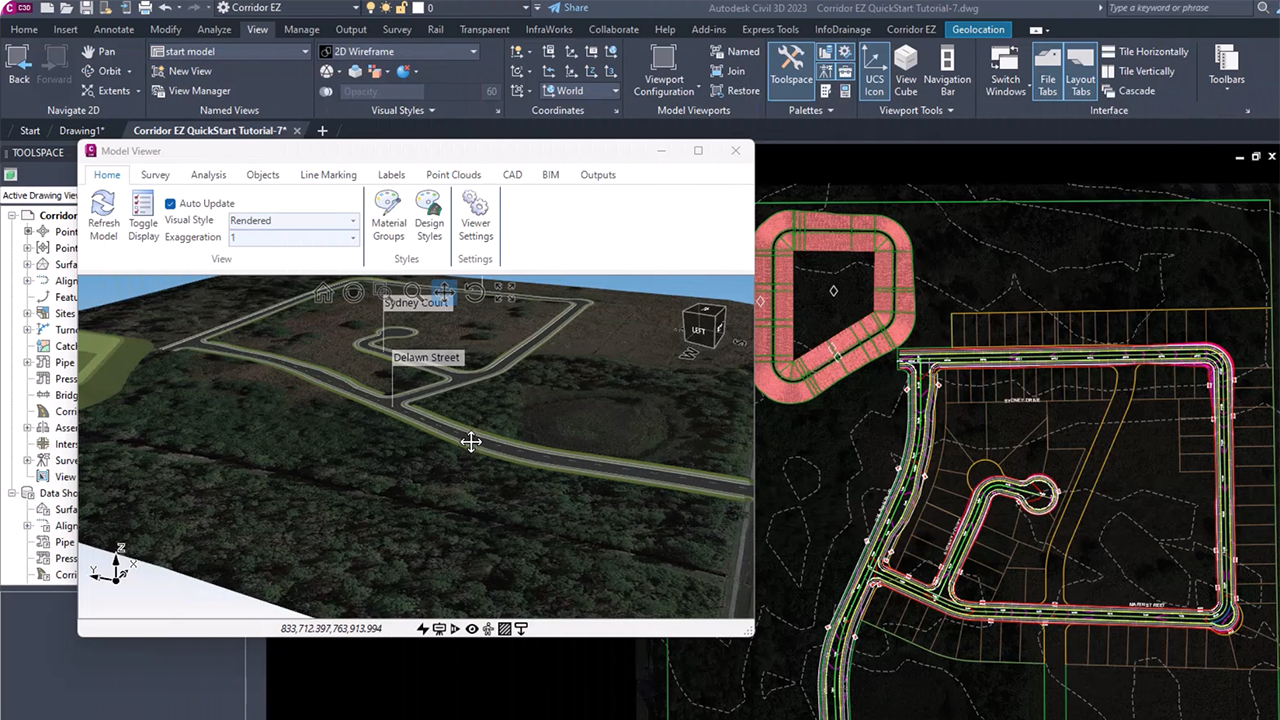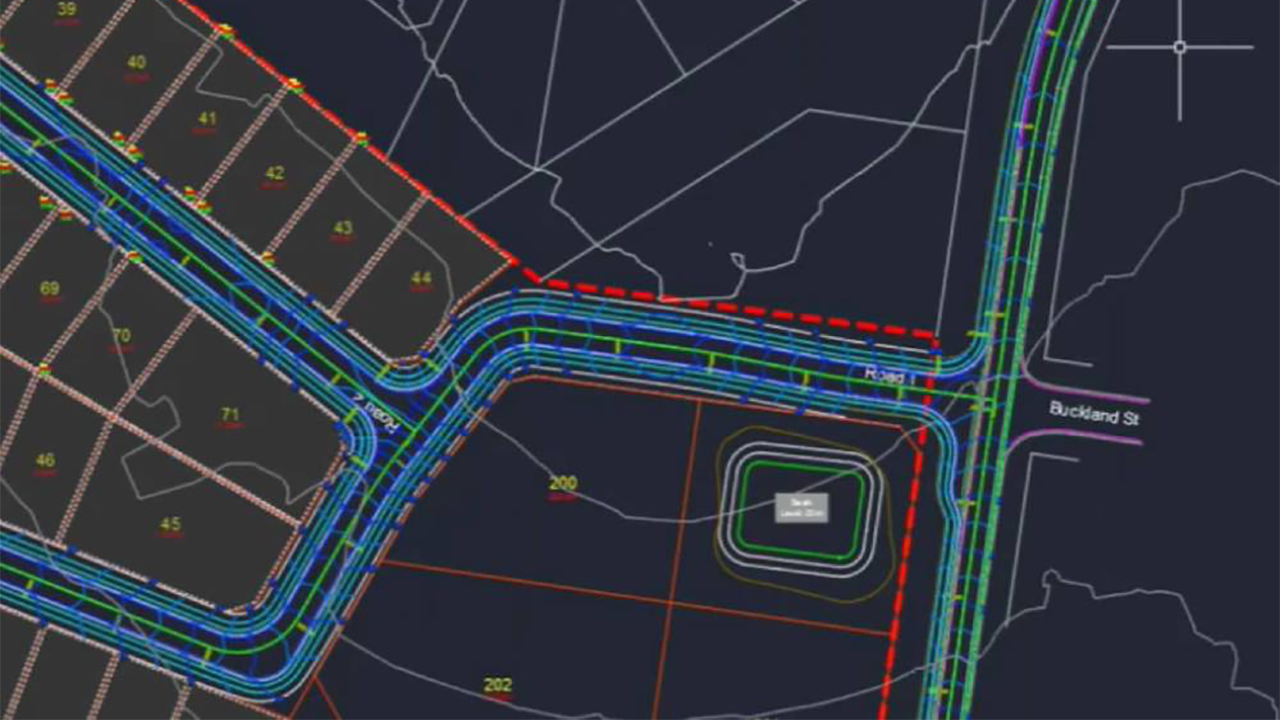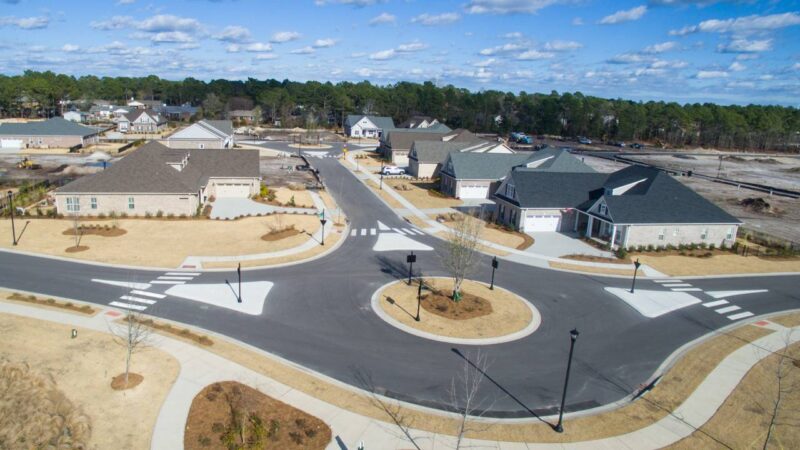
Smarter subdivision road design, powered by AI
Add a NEW Design Tool to your existing Civil 3D land development workflow and gain an unfair competitive advantage.
The problem: Civil Engineering design firms are pushed to get projects designed, approved and sent out construction as fast as possible. Typically, these time restrictions will limit the amount of time spent on exploring options in the preliminary design stage to flush out the best design, reduce costs and get the project completed on time.
What if you could get more than 10x the productivity of using Civil 3D alone? Using the power of Artificial Intelligence (AI) and Machine Learning (ML) has changed the design workflow by automating repetitive tasks like building out an intersection of two roads. Given road design templates, rules for cross-fall slopes, codes to follow alignment strings for Edge Of Pavement both vertically and horizontally, complex design challenges can be handled easily.
Project Assist AI: Combines ML and AI allowing CAD systems to learn from the data. It understands the design intent based on how the alignments are named, effectively learning the designer’s language. This feature allows for a more personalized and intuitive design experience. The AI engine will read all alignments and provide you with a form displaying what it believes you want to do with each based on the alignment type you select (see below)
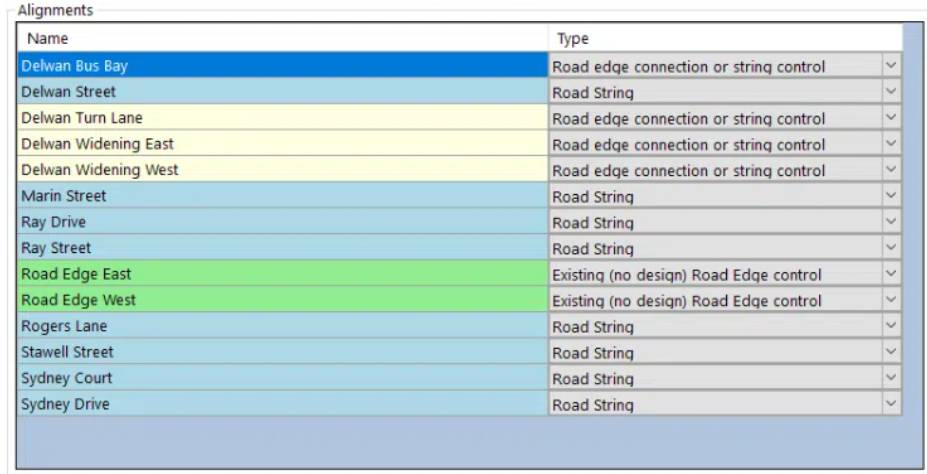
Project Assist AI: Uses AI to Understand Your Road Network Design Intent
- Understands your design intent and provides you with a form for review and editing.
- Build out your design assigning road templates with a best fit vertical design
- Add curb returns tied directly to the connecting roads
- Automatically design your more complex segments including turning lanes, widenings, cul-de-sacs, knuckles and islands
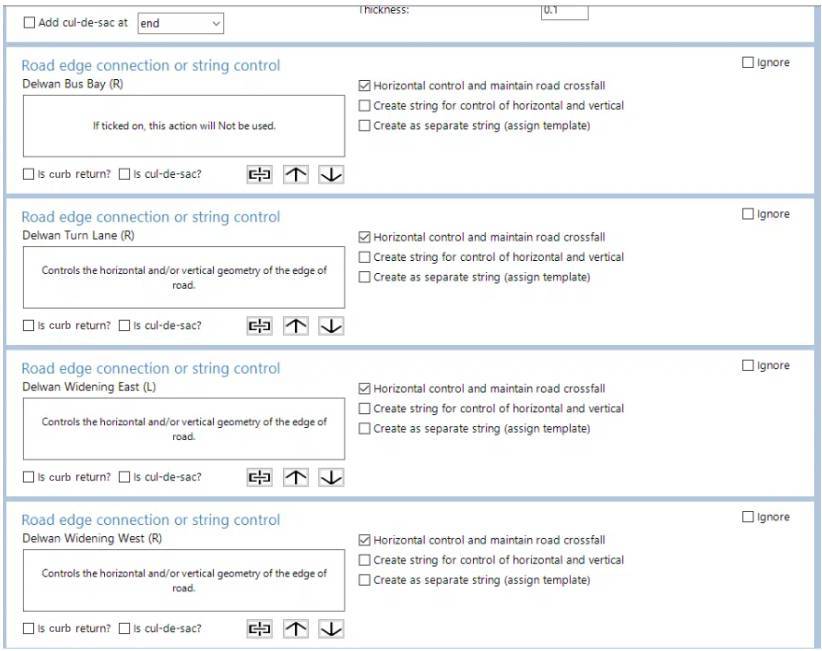
Project Assist will automatically build out your design and then generate a PDF file describing each step taken in the design along with links to videos that show exactly the actions taken – a great training tool for new users and a quality assurance report for senior designers.
“I love the speed and agility of Corridor EZ. Especially in intersections and cul de sacs, there is no comparing the speed. It understands what I am trying to accomplish, but still lets me control the details. As a test I used Corridor EZ on a subdivision project. I was able to design three different layout options in a fraction of the time it had taken me to create just one option.”
Russ Nicloy
Civil Solutions Specialist
MACER Technologies, Inc.
“Corridor EZ will revolutionize the method of designing subdivisions in a fraction of the time for AKS.”
Chuck Litchfield, CAD Manager
AKS Engineering & Forestry
In conclusion, the integration of Project Assist into subdivision/network road design has demonstrated quantifiable benefits. It not only accelerates the design process but also provides a personalized, intuitive design experience that improves over time.
By reducing design time and enhancing efficiency, AI is set to transform subdivision/network road design, making it more responsive and adaptable to the ever-changing demands of the modern world.

